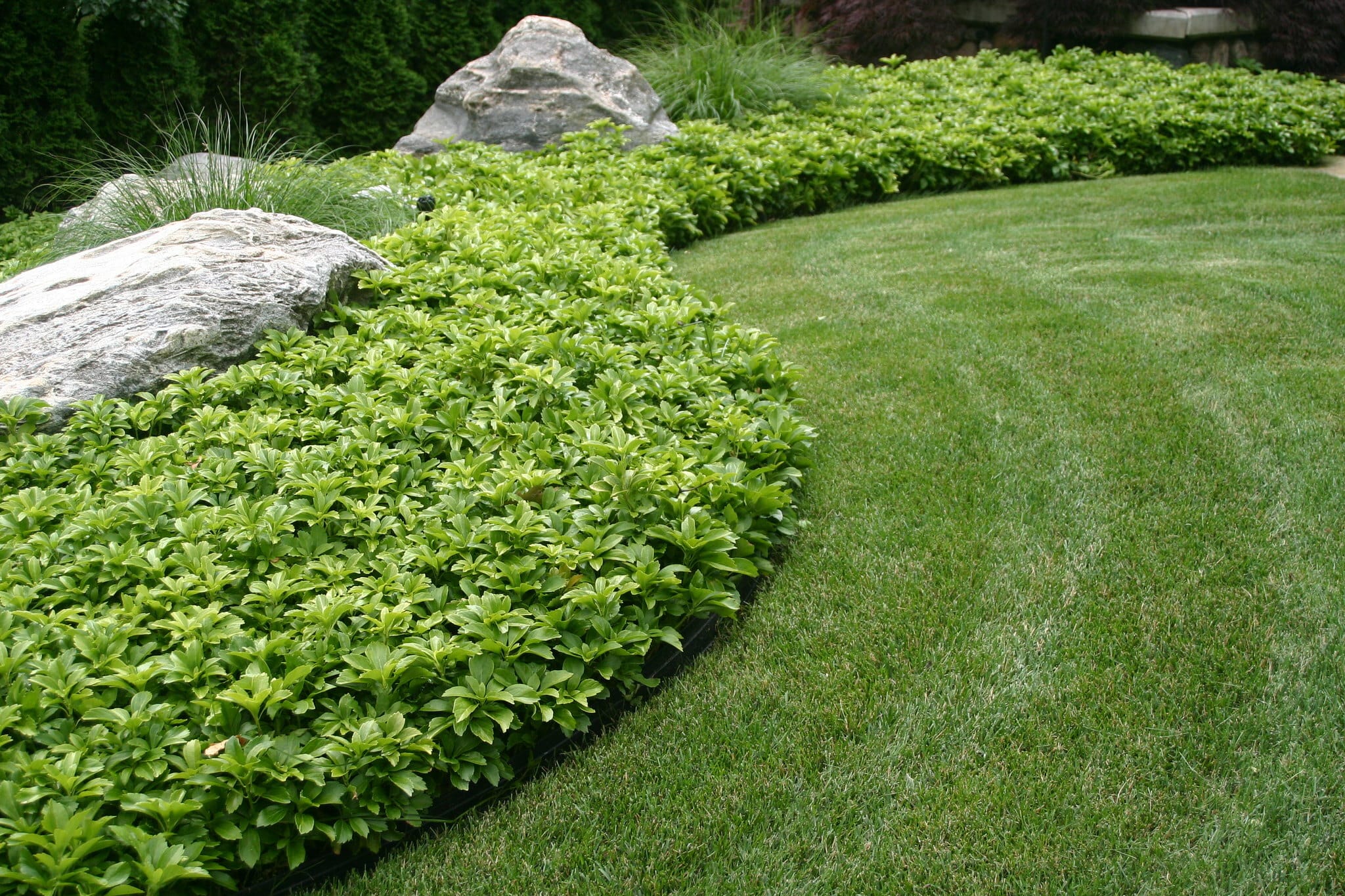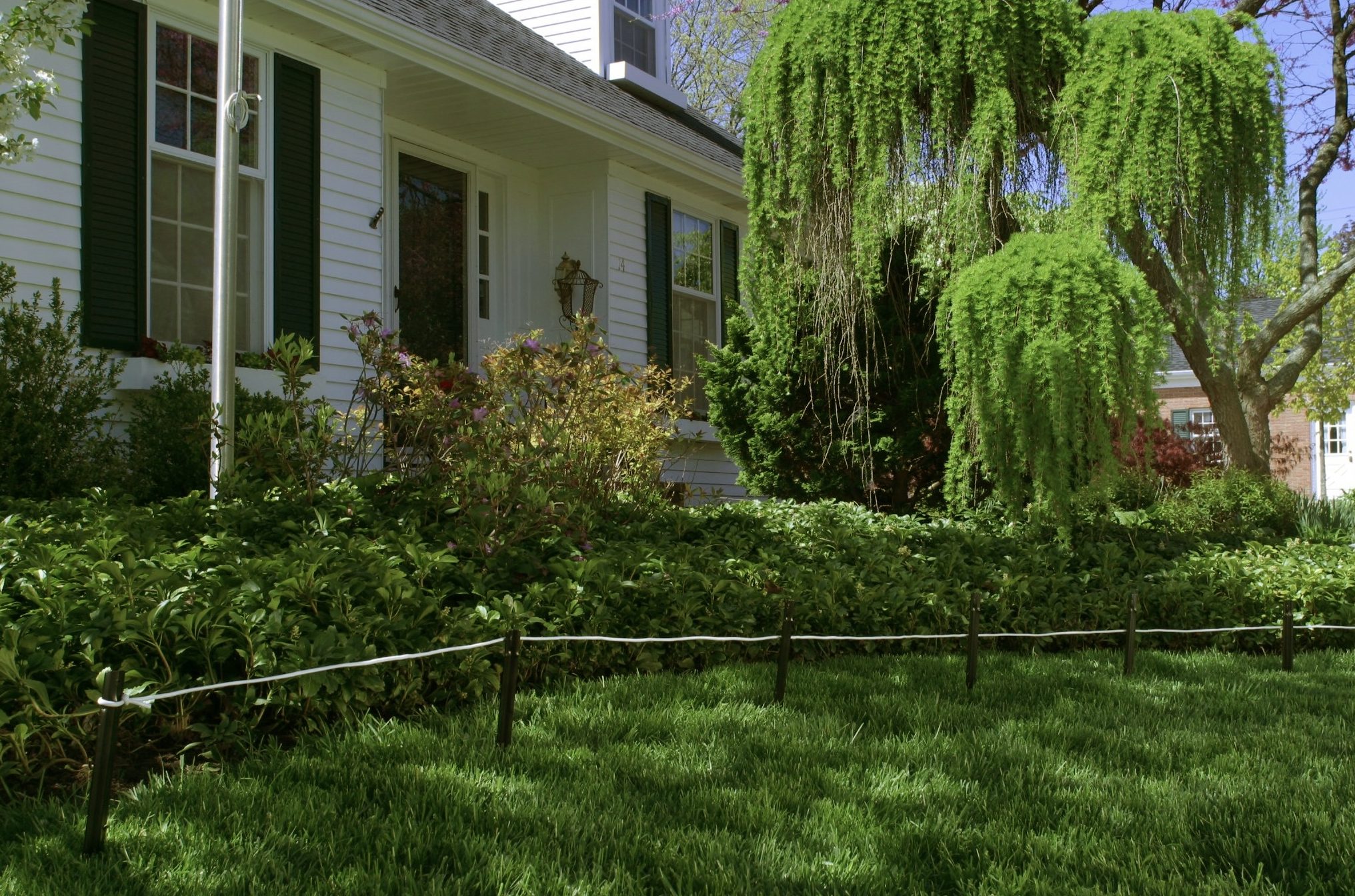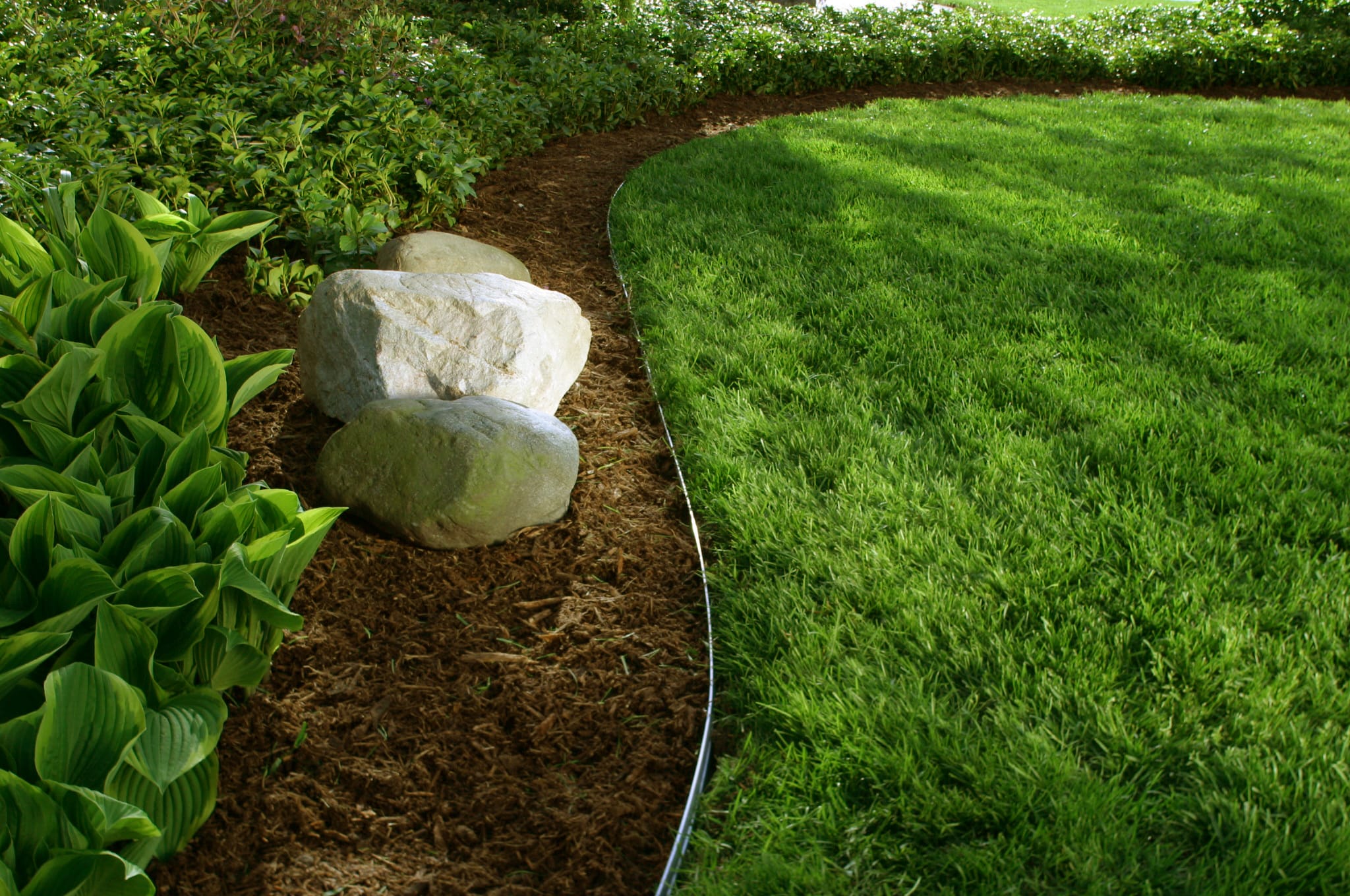Metal Edging Landscaping Guide
When it comes to achieving an elevated and professional look in your landscaping projects, the right edging can make all the difference. Edging not only defines the boundaries of a garden bed, walkway or lawn but also adds a clean look to outdoor spaces.
Among the various edging materials available, metal edging — especially aluminum edging — stands out for its durability, flexibility and modern look.
Here’s how to create defined lines that subtly protect the beauty of your landscaping projects without compromising longevity or ease of maintenance.
Understanding Metal Edging
Metal edging creates clear boundaries around an outdoor space, resulting in a clean look while separating different landscape elements. As a functional landscaping feature, it also adds a touch of sophistication to garden design, making it a non-negotiable element among professional landscapers.
Edging offers a wide range of applications, making it a versatile addition to any landscaping project. Here are some of the key ways it can be used:
- Creating tree rings: Encircling trees and shrubs with a metal tree ring adds to their clean appeal while delivering a consistent line to edge over time. This clear boundary makes it easier for homeowners to maintain and care for plants.
- Defining lawn boundaries: Edging can be used to create crisp lines between a lawn and other landscape elements, such as flower beds, driveways and patios.
- Separating gravel areas from plant beds: Edging provides a clean separation between gravel paths and plant beds, preventing the materials from mixing and maintaining each area’s distinct look.
Edging can be crafted from various materials like steel and aluminum. Steel offers strength and durability for heavy-duty applications while aluminum offers the additional benefit of being lightweight and will not rust.
Benefits of Metal Edging

From its exceptional durability to superior performance, metal edging — especially aluminum — stands out as a go-to solution for creating beautifully defined outdoor spaces.
Durability and Longevity
Aluminum edging is recognized for its exceptional durability and longevity, making it a preferred choice for many landscaping projects. It is incredibly strong and won’t rust, ensuring it maintains its appearance and structural integrity over time.
Additionally, aluminum edging is created using a process called extrusion, resulting in perfectly shaped pieces with rounded edges for maximum safety. Steel edging is manufactured by cutting large sheets of steel, which can leave the ends sharp and potentially dangerous. If steel edging is used, a rubber seal may be required, depending on code.
Materials like steel can also be labor-intensive and are more susceptible to rust. Even when treating steel with powder coatings, rust is likely to occur. Steel also retains more heat than aluminum. Because aluminum dissipates heat from the sun, it helps prevent plant burnout, even when used to separate hot asphalt areas from landscaping.
Additionally, when compared with steel, aluminum has a higher strength-to-weight ratio. It is one-fifth the weight of steel but is just as durable as its heavier counterpart.
Aluminum’s long-lasting durability means that once installed, the edging will continue to perform effectively with minimal maintenance, offering a cost-effective solution in the long run.
Enhanced Aesthetics
The clean, sleek lines created by edging create a seamless and professional look that landscape designers are going for.
At the same time, aluminum edging can be easily shaped to create straight lines and graceful curves, resulting in creative and customized landscape designs. Thanks to this versatility in design, landscapers can enhance the unique features of landscaping projects, creating a cohesive outdoor space.
Superior Performance
Metal edging, particularly aluminum, offers superior performance compared to other edging materials like plastic, wood or stone. With its inherent strength, aluminum hardscaping edging effectively holds back soil, mulch and gravel, preventing them from spilling into unwanted areas.
This clear separation helps to maintain the integrity of different landscape elements, reducing maintenance efforts and ensuring a tidy appearance. Additionally, aluminum’s ability to withstand harsh conditions and maintain its functionality over time makes it a reliable and high-performing choice for any landscaping project.
Planning Your Metal Edging Project
Planning an edging project requires careful consideration. Start by evaluating the terrain, soil conditions and the overall design goals of the project. Identify areas where edging will be beneficial, such as pathways, garden beds, driveways or any other distinct sections of the landscape.
Then, create a detailed layout plan. Mark the boundaries where you will install the edging, taking the time to ensure accurate measurements and the clear separation of different landscape elements. Use stakes and string lines to outline the edging’s path, and consider the height and thickness required for optimal functionality and aesthetics.
Installation Techniques for Seamless Integration

To install your edging, clear the designated area of any debris, rocks or vegetation. Dig a trench along the marked lines deep enough to securely anchor the edging. Typically, the trench should be slightly deeper than the height of the edging to allow for a stable installation. Use a spade or trenching tool to dig the trench along the marked lines.
After you’ve dug the trench, it’s time to place the edging:
- Straight lines: For straight sections, carefully place the edging into the trench, ensuring it sits upright and level with the surrounding ground. Use a level to check the alignment and adjust as necessary. Secure the edging with stakes driven into the ground at regular intervals, typically every 2 to 3 feet, to maintain stability.
- Curved designs: When creating curves, aluminum edging is particularly effective due to its flexibility. Place the edging into the trench, using stakes to secure the edging at the curve’s start, middle and end to maintain its shape.
Once the edging is in place and aligned, secure it firmly with stakes. Drive the stakes into the ground on the inside of the edging at regular intervals, making sure they’re flush with or slightly below the top edge to avoid any visible protrusions. For added stability, consider using heavier-duty stakes or anchor systems.
After securing the edging, backfill the trench with the removed soil, mulch or gravel. Compact the backfill material so it holds the edging firmly in place and prevents shifting over time. Make sure the top edge of the metal edging is ½-inch above the finished grade.
For more detailed instructions, check out Permaloc’s installation guides and helpful videos. These resources are designed to guide you through each step of the process, ensuring a smooth and successful implementation of our edging products.
Permaloc: Your Partner in Landscape Success
Ready to take landscaping projects to the next level? With options to suit different needs and styles, Permaloc offers high-quality metal edging solutions to achieve professional and lasting results that will impress your clients and stand the test of time.
Elevate your landscape designs with Permaloc’s premium metal edging and expert guidance. Explore our products today to transform your projects with the durability, versatility and elegance of metal edging.


